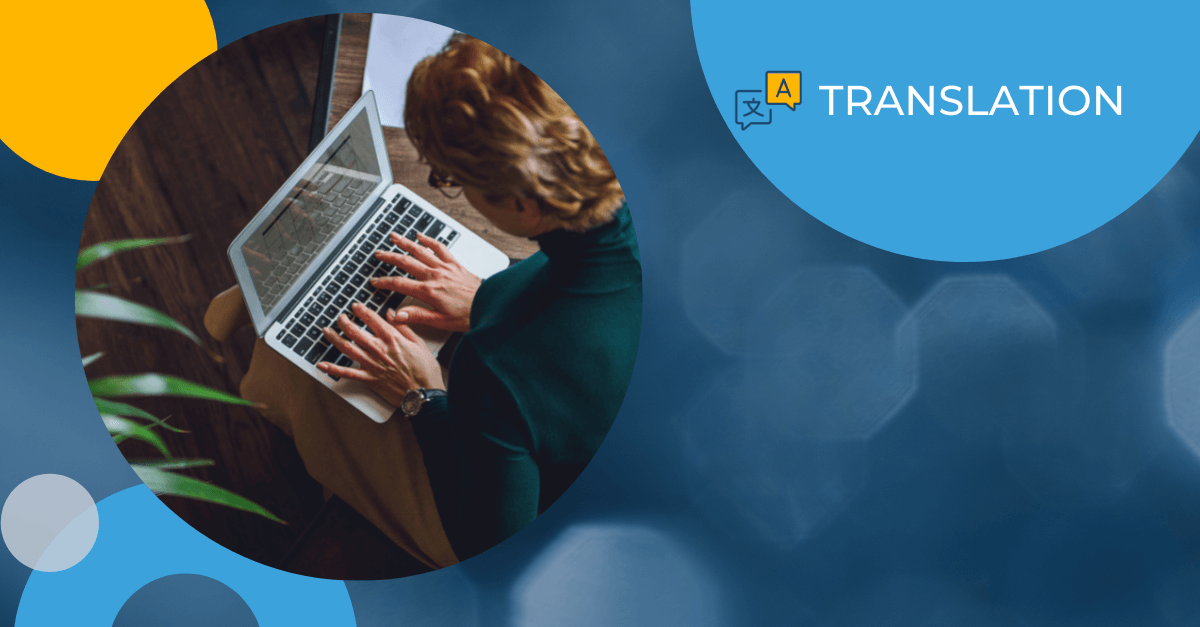Single-source authoring is a methodology commonly used by technical writers to increase the re-use of existing written content instead of rewriting information. When preparing materials for marketing abroad, single-source authoring software can make a significant difference in reducing the amount of technical translations you will need to complete for foreign audiences.
Take the example of a technical writer working at a company that makes a line of glucose monitoring devices. The devices all perform similar functions, but have slightly different features. The operation of all the monitors is very similar. It doesn’t make sense to write five separate user manuals and then translate those documents. It makes more sense to write the content once and then include any additional information to cover the unique features of each model. For example, the topic “Turning on your glucose meter” may be the same for all five models while “Calibrating your meter” may vary by model. In a single-source environment, the topic “Turning on your glucose meter” would appear only once, but “Calibrating your meter” could have different versions.
Now that the concept of single-source authoring is clear, let’s look at five key benefits of this methodology:
1. Better consistency
For technical document translation, consistency is critical for the efficient delivery of instructions to the user of software and equipment. There is little benefit to writing unique prose to describe repetitive tasks. It is important to maintain a consistent, predictable style, along with consistent use of terminology. Single-source authoring helps achieve this by focusing on the re-use of content. As in the glucose meter example, why write five different versions of “Turning on your glucose meter” when the only difference between the versions might be the model name? Write it once and insert a variable for the model name. Depending on which version of the manual you are publishing, your authoring tool can automatically substitute the correct model name.
2. Reduction of repetition
Repetition of content you have already written not only takes up space within your authoring environment, it also introduces the risk of publishing inconsistent information if one instance of a repeated passage is modified in one location, but not another. With single-source authoring, a given chunk of text is managed in one location and then its use is automatically multiplied across various documents by your authoring tool – saving you a lot of effort.
Another important issue for technical translation projects is avoiding the need to translate the same content twice. High-quality translation companies already have ways to address repeated text efficiently (through translation memory and preferred terminology lists), but there is still a cost to process each instance of repetition. This can be avoided by using single-source authoring, since each instance of text is unique.
3. Flexible output options
Single-source authoring tools enable authors to publish to myriad formats. MadCap Flare, for instance, allows automatic publishing to the following:
- HTML5 Webhelp (PC and Mobile)
- Eclipse Help
- WebHelp
- WebHelp Plus
- XPS
- Adobe Framemaker
- MS Word
This can literally be done with the click of a button. That is why single-source authoring software is also known as multi-channel publishing software. For example, imagine that you have a Help System for your company’s software product. You can automatically create a version that can work on users’ computers and mobile devices along with a PDF version that they can print – all using the same set of source files. You don’t need multiple copies of your content to generate these various formats.
Simultaneously, your technical translation agency can generate professionally translated versions of your documents using the same source files you used to produce your (English) originals.
4. Centralized control of critical data across multiple regions
By taking control of your content in a single-source environment, you can guarantee global standards. If all your technical document translations are based on the same set of original files using the same structure, you can more confidently publish into multiple languages, knowing which results to expect. This includes control of your intended message as well as the look and feel of your documents. To achieve this 10 or 15 years ago was difficult and time-consuming. Now it still takes effort, but it’s a fraction of what was required in the past.
5. Reduce desktop publishing costs
When using single-source authoring, the source project you create will contain all your design choices for page layout, logo placement, fonts and respective styles. Most single-source authoring tools leverage the use of CSS (Cascading Style Sheets) technology. CSS standardizes styles across your whole documentation environment. Your CSS can even be internationalized so that the right fonts are used for specific languages (this is critical for logographic languages such as Chinese and Japanese). By centralizing control of design decisions, it is possible to automatically generate foreign language translations of your original documentation that require very little manual desktop publishing. Traditional document formats (MS Word, Framemaker, InDesign, etc.) that are translated typically require labor-intensive desktop publishing, which can cost as much as 30% of the cost of translating documents. When using single-source authoring, this cost drops to less than 10% of the cost of translation.
Implementing single-source authoring
Some of the most popular tools for single-source authoring are MadCap Software’s Flare, Adobe RoboHelp, or Adobe Framemaker. Once implemented correctly, single-source authoring can increase your company’s publishing capabilities while lowering costs for all your technical translations and communications.


